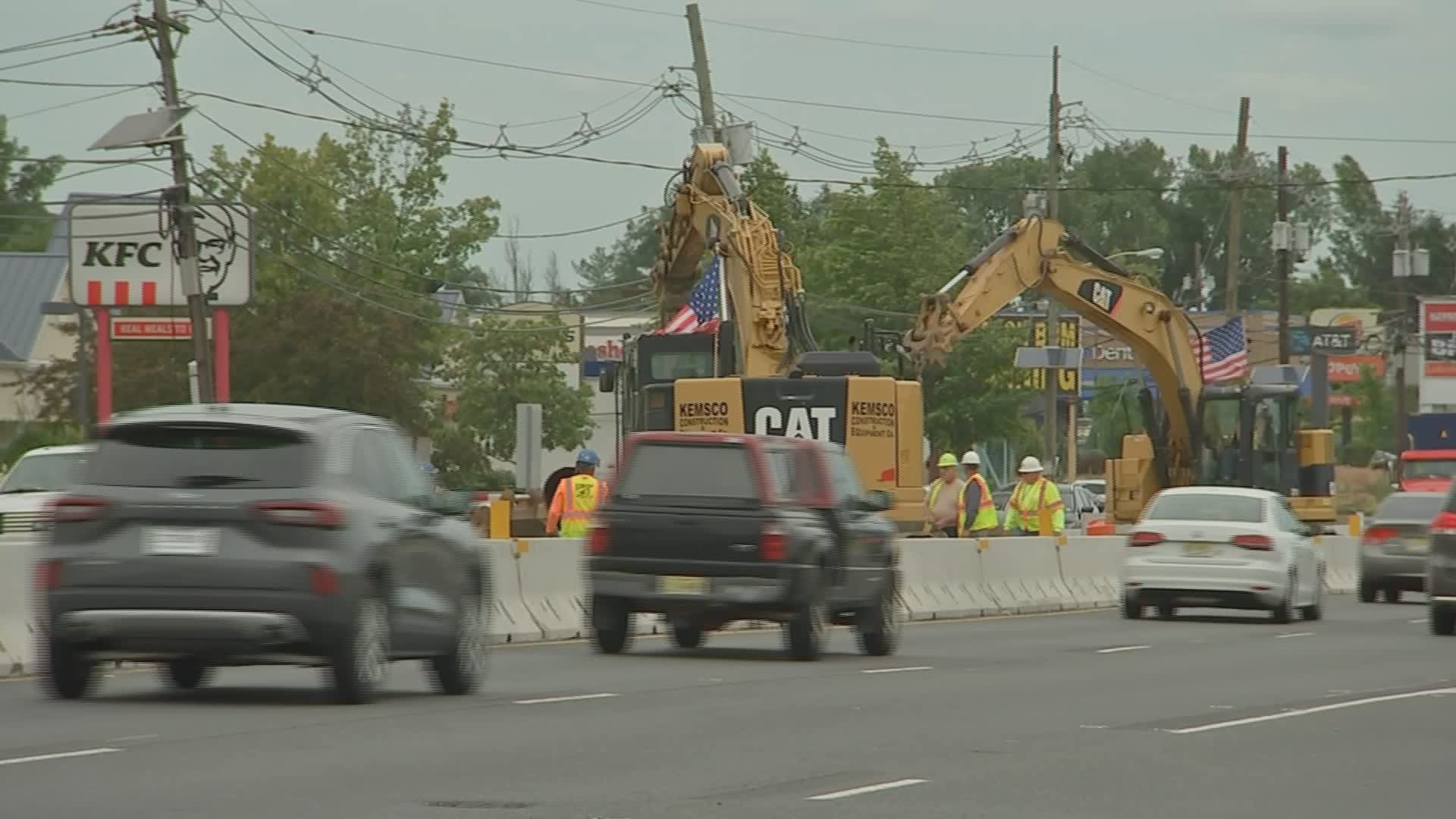Biden administration offers billions in federal funding Infrastructure Investment and Jobs Act Water resources may be wasted because state highway and bridge projects are using outdated government precipitation models to determine future flood risk, according to a new report from the nonprofit climate risk research and technology firm First Street Foundation.
The National Oceanic and Atmospheric Administration’s (NOAA) government precipitation forecast model is called Atlas 14. It is widely used by countries to predict rainfall and flooding, and to inform the engineering design of transportation infrastructure such as roads and bridges.
But Atlas 14 is based on retrospective data from the 1960s and does not incorporate the effects of global warming into its models.
The First Street report compared the government’s precipitation forecasting standards — which are used and sometimes enforced by state infrastructure projects — with more current rainfall data that predicts the future.
It found dangerously large differences between the two.
“All the money that goes into infrastructure is built to the wrong flood standards, which means those roads are going to be flooded, those bridges are going to be flooded, which is huge when it’s a once-in-a-generation spending. wasted money. We’re actually using it right now,” said Matthew Eby, founder and CEO of the First Street Foundation.
NOAA confirmed that Atlas 14’s models do not incorporate the future effects of climate change.
“It doesn’t include any climate change information,” said Fernando Salas, director of the Geo-Intelligence Division for the NOAA/National Weather Service’s Water Prediction Office. “It utilized the best historical precipitation data available at the time the study was conducted.”
According to First Street, critics of Atlas 14 say its problems go beyond looking back at past data, including that “because Atlas 14 was created piecemeal over time, extreme precipitation observations were removed, And used an inconsistent approach across the United States.” These extreme precipitation events lead directly to flash flooding and inundation of stormwater infrastructure, the report said.
Extreme rainfall events have become more severe and frequent across much of the United States because the atmosphere can hold more moisture as temperatures warm. According to the Bureau of Meteorology, since 1991, heavy precipitation events have produced significantly above-average rainfall. 2014 National Climate Assessment. The study found that from 1958 to 2012, heavy rainfall increased by 71 percent in the Northeast, 37 percent in the northern Midwest, and 27 percent in the Southeast. This leads to increased flooding.
NOAA officials are well aware of Atlas 14’s problems.The agency has received more than $30 million in funding to modernize it to accommodate Atlas 15“Not just using the best historical information available, but using the output of all the different climate models that are available today,” Salas said.
But the updated model is not expected to be completed until 2026, after many infrastructure projects have already started or even been completed.
For example, New Jersey’s Route 18 restoration project, which received more than $86 million in funding from the Infrastructure Act, is using an old Atlas 14 as a flood guide, according to documents on the state’s Department of Transportation website. The work includes “drainage and stormwater basin improvements, utility relocation” and other upgrades.
“Where I’m standing right now,” Ebby said off Highway 18, “what people think is a once-in-10-year event is actually a once-in-four event, and it’s going to happen for the next 30 years. All the way down to a biennial event, which means every other year we expect extreme precipitation to inundate the place.”
NJDOT confirmed that Atlas 14 data was used for the project, according to an emailed response from the agency’s news manager, Stephen Schapiro, “and NJDOT reviewed the updated data as required by current standards.”
The data comes from the New Jersey Department of Environmental Protection’s proposal to update the state’s stormwater management regulations. But, according to First Street, the precipitation data, which use the same historical method as Atlas 14, “are not valid in the 21st century because they use outdated data records,” Eby said.
It’s not the only state using Atlas 14 to inform its infrastructure projects.
Asked whether Atlas 14 should still be used, Salas said: “I can’t reveal how some of these engineering decisions were made.”
There are several climate risk modeling companies with extensive precipitation forecast data, but most charge a fee, and states already have Atlas 14 data.
Ibby said he would make an exception.
“We sell our flood model for commercial use, but if NOAA wants to use it as a stopgap before Atlas 15, we will give it to them for free, or if any state wants to adopt this precipitation model, we will Our precipitation data is also provided to them for free,” he said.


